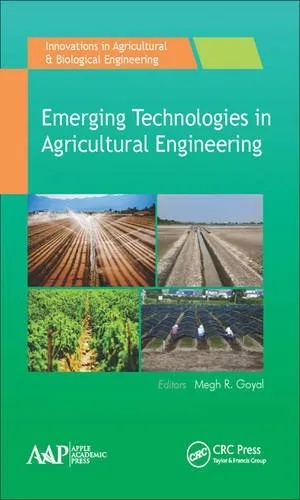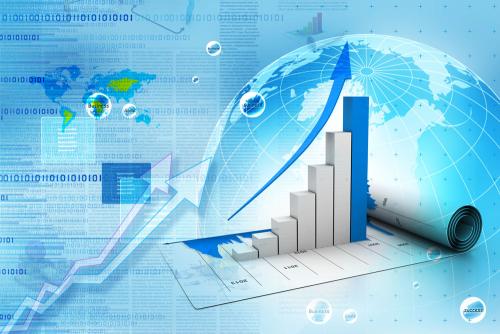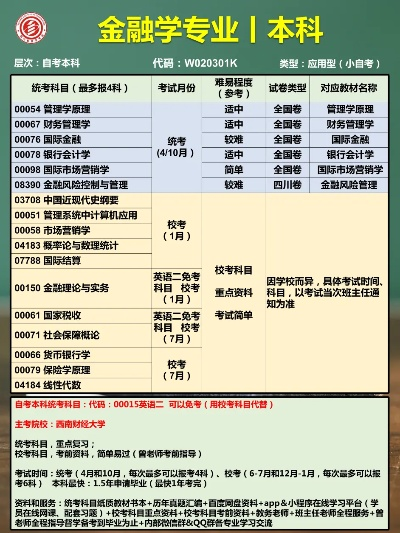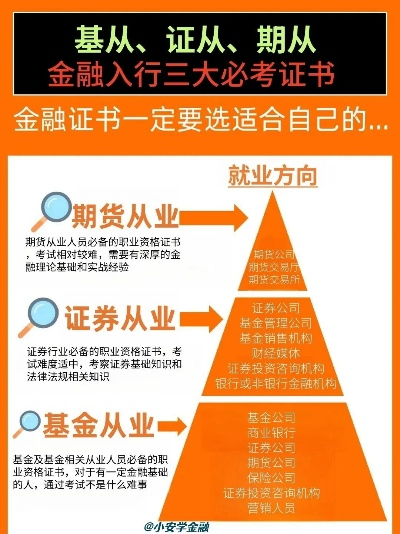As we step into the 21st century, the world is witnessing a revolution in agriculture, driven by technological advancements that are reshaping the way we grow, process, and distribute food. This essay delves into the various ways technology is impacting modern agriculture, highlighting the benefits and challenges that come with this new era of farming.
Precision Agriculture
One of the most significant technological shifts in agriculture is the rise of precision farming. This approach uses information technology to optimize the use of inputs such as fertilizers, seeds, and water. GPS technology, combined with drones and satellite imagery, allows farmers to monitor crop health, soil conditions, and weather patterns in real-time. This data-driven approach minimizes waste and maximizes efficiency, leading to higher yields and more sustainable farming practices.
Genetic Modification
Genetic modification (GM) has been a controversial but transformative aspect of modern agriculture. GM crops are engineered to resist pests, diseases, and harsh environmental conditions, which can significantly increase crop yields. Additionally, GM technology can be used to enhance the nutritional value of crops, such as vitamin-fortified rice. While there are concerns about the long-term effects of GM crops on health and the environment, ongoing research and regulation aim to address these issues.
垂直农业(Vertical Farming)
Vertical farming represents an innovative approach to agriculture that maximizes space efficiency. By growing crops in stacked layers, often in controlled environments, vertical farms can produce food in urban areas, reducing the need for large-scale, land-intensive farming. This technology is particularly promising for regions with limited arable land or harsh climates, offering a sustainable solution to food security challenges.
自动化和机器人技术(Automation and Robotics)
The integration of automation and robotics in agriculture has led to significant labor savings and increased productivity. From autonomous tractors that can plow fields without human intervention to robotic pickers that harvest crops with precision, these technologies are transforming the labor-intensive nature of farming. While there are concerns about the displacement of agricultural workers, the shift towards automation also opens up opportunities for farmers to focus on more strategic aspects of their business.
智能灌溉系统(Smart Irrigation Systems)
Water scarcity is a pressing global issue, and smart irrigation systems offer a solution by optimizing water use in agriculture. These systems use sensors and software to monitor soil moisture levels and weather conditions, adjusting water delivery accordingly. This not only conserves water but also ensures that crops receive the optimal amount of water for growth, leading to healthier plants and higher yields.
挑战与机遇(Challenges and Opportunities)
While the adoption of technology in agriculture presents numerous opportunities, it also comes with challenges. One of the primary concerns is the accessibility of these technologies, particularly for small-scale farmers who may not have the financial resources to invest in advanced equipment. Additionally, there is a need for education and training to ensure that farmers can effectively use these technologies.
Moreover, the reliance on technology also raises questions about data security and privacy, as well as the potential for technological failures that could have severe consequences for food production. It is crucial to develop robust systems and policies that can mitigate these risks.

Conclusion)
In conclusion, technology is playing an increasingly vital role in modern agriculture, offering solutions to some of the most pressing challenges facing the sector. From precision farming to vertical farming, the integration of technology is leading to more efficient, sustainable, and productive farming practices. However, it is essential to address the challenges that come with this technological revolution, ensuring that the benefits are accessible to all and that the risks are managed effectively.
As we continue to innovate and adapt, the future of agriculture looks promising, with technology at the forefront of driving change. It is a new era of farming, one that holds the potential to feed a growing global population while preserving our planet's resources for future generations.









